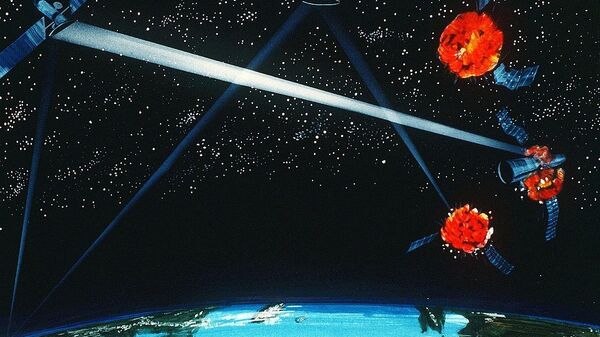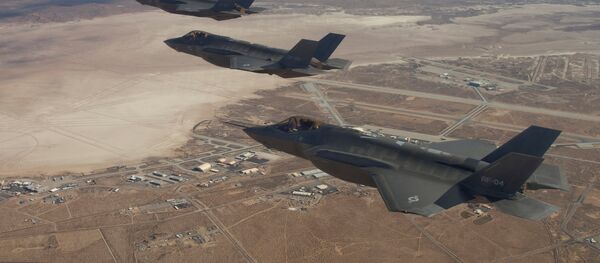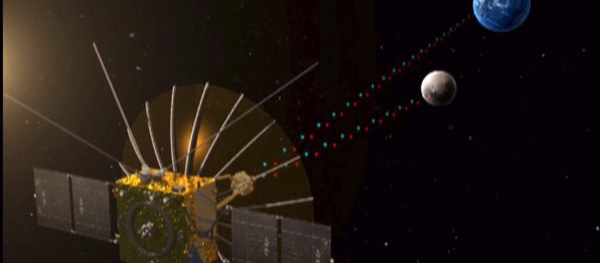The March 1 proposal follows a directive by US President Donald Trump last month for the US Department of Defense to prepare the ground for establishing the Space Force as the sixth branch of the US military, and the legislative proposal is necessary for Congressional approval of the initiative — support the legislature has been reluctant thus far to provide.
A Defense Department press release that accompanied the legislative proposal notes that the Space Force will be a new service within the Department of the Air Force, much as the Marine Corps functions as its own service from within the Department of the Navy.
The proposal outlines a five-year, phased "stand-up" of the Space Force to begin October 1 of this year and run through Fiscal Year 2024, assuming Congress approves the legislation. Last summer, Congress declined to provide the Space Force with any funding due to its nebulous definition and heavy pushback from upper brass in the US Air Force, which presently handles the United States military's space-based equipment and concerns. In that light, it seems the Friday proposal strikes a necessary compromise with the Air Force.
The proposal provides roughly $2.1 billion in funding until 2024; $74 million this year and then $500 million for each of the next four.
"Additional resources will be dedicated to building out the Space Force headquarters and establishing and maintaining new support elements such as education, training, doctrine and personnel management centers. Once the Space Force is fully established, these additive costs are estimated to be $500 million annually, which would represent approximately 0.07 percent of the annual DoD budget," the Pentagon release states.
Defense News notes that while budgetary predictions have variedly wildly, the Center for Strategic and International Studies (CSIS) think tank hit the nail almost on the head, guessing it would cost about $550 million a year to run the Space Force. Air Force Secretary Heather Wilson, an outspoken critic of the initiative when it was announced last June, made a much steeper estimate in September of roughly $13 billion per year, although at the time she indicated she no longer opposed the idea.
"If we're going to do this, let's propose to do it right," she said last September. "Let's have this debate, support the president's proposal and put it forward — and make sure that we don't do this with half measures. I think that's probably the most important part for me."
Officials believe the Space Force will only require about 15,000 personnel, making it by far the smallest of the US service branches. By comparison, the present smallest branch, the US Coast Guard, has about 40,000 active-duty members, while the Marine Corps has 186,000, the Air Force 321,000, the Navy 330,000 and the US Army roughly 487,000 active-duty service members, AP noted.
However, even after the Space Force is up and running, much of what the US government does in space will remain outside its purview. The Missile Defense Agency, NASA, NOAA and National Reconnaissance Office will all continue to manage their own satellite networks and space missions independently of the USSF.




